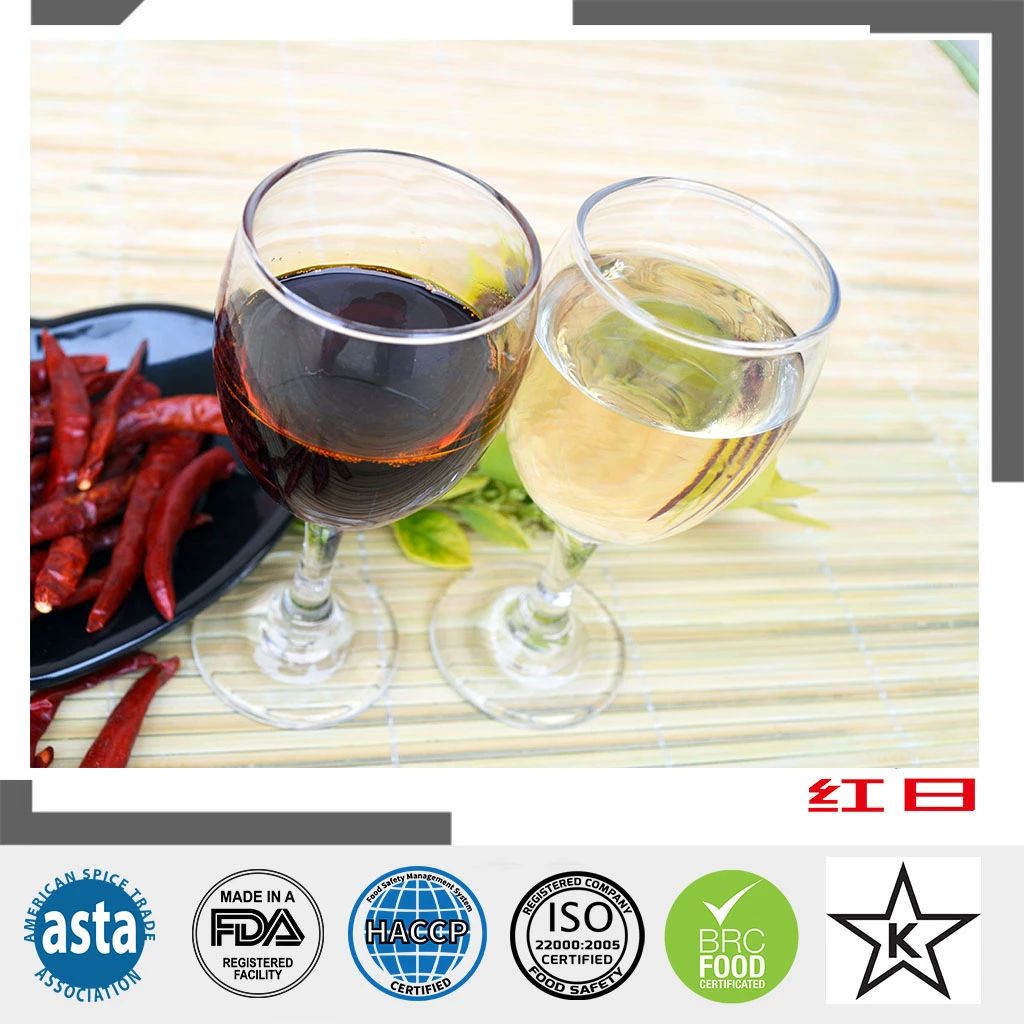- No. 268 Xianghe Street, Economic Development Zone of Xingtai city, Hebei 054001 China
- Byron@hbhongri.cn
Exploring the Spicy World of Chilli Pods and Their Unique Flavors
The Fiery World of Chilli Pods
Chilli pods, known for their vibrant colors and intense heat, are a beloved ingredient in cuisines around the globe. These small yet potent fruits belong to the Capsicum genus, and they come in a variety of shapes, sizes, and heat levels. From the mild and sweet bell pepper to the fiery habanero, each type of chilli pod brings its unique character to dishes, enhancing both flavor and heat.
Chillies have been cultivated for thousands of years, originating in Central and South America. Historical evidence suggests that they were domesticated over 6,000 years ago, serving as a crucial food source for ancient civilizations. Today, chilli peppers are staple ingredients in numerous cultures, playing a central role in Mexican, Indian, Thai, and Mediterranean cuisines, among others.
One of the fascinating aspects of chilli pods is their vast diversity. At one end of the spectrum is the bell pepper, which is sweet and devoid of heat, making it a popular choice for salads and stir-fries. Conversely, the Carolina Reaper, recognized as one of the hottest chillies in the world, can reach over 2 million Scoville heat units (SHU). The Scoville scale is a standardized measure of the heat of chilli peppers, named after pharmacologist Wilbur Scoville, who developed the scale in 1912.
Chilli pods not only add spice to our meals but also contribute to health and wellness. They are rich in vitamins A and C, antioxidants, and an array of other micronutrients. Capsaicin, the active compound that gives chillies their heat, has been linked to various health benefits. Studies suggest that capsaicin may boost metabolism, aid in weight loss, and even improve heart health by reducing cholesterol levels and improving circulation.
chilli pods

In culinary applications, the use of chilli pods is limited only by one’s creativity. They can be used fresh, dried, pickled, or powdered. Fresh chillies add a burst of flavor and heat to salsas, salads, and sauces. Dried chillies, on the other hand, often have a more concentrated flavor and can be used to create rich and complex spice blends. One iconic example is the dried chipotle, which imparts a smoky flavor to dishes and is a staple in Mexican cooking.
Moreover, mastering the art of working with chilli pods can elevate one’s cooking. For those unaccustomed to high levels of heat, it’s essential to start slowly. Gradually introducing hotter varieties into dishes allows for a better appreciation of their complex flavors without overwhelming the palate. Pairing chillies with dairy products, such as yogurt or sour cream, helps to temper their heat and create a balanced dish.
The cultural significance of chilli pods cannot be understated. In many countries, they are not just food items but symbols of local traditions and identity. Festivals celebrating the harvest of chillies are common in regions around the world. For example, the annual Chile Pepper Fiesta in New Mexico showcases various chilli varieties and their culinary applications, bringing together communities to share in the love of this fiery fruit.
As global interest in culinary experimentation grows, the popularity of chilli pods continues to rise. Home cooks and professional chefs alike are increasingly incorporating these peppers into innovative dishes, blending heat with sweetness, acidity, and umami. Their versatility makes them ideal for exciting dishes ranging from traditional recipes to contemporary fusion cuisine.
In conclusion, chilli pods are more than just a simple ingredient; they are a celebration of flavor, culture, and health. Whether you prefer them mild or extra hot, their unique qualities can enhance any dish, making them indispensable in kitchens worldwide. As we continue to explore the vast world of chillies, one thing is certain their fiery allure and culinary potential will never fade, sparking joy and warmth in our culinary adventures. So, the next time you’re in the kitchen, don’t shy away from adding a pop of chili. Embrace the heat and let your dishes come alive!
-
Turmeric Rhizome Powder: A Golden Treasure from Roots to TableNewsJul.28,2025
-
The Versatile Application Of Crushed Red Hot Peppers: Lighting Up The Red Flames On The Dining TableNewsJul.28,2025
-
The Paprika: A Touch Of Vibrant Red In Color, Flavor, And CultureNewsJul.28,2025
-
Ground Turmeric: A Modern Examination of an Ancient SpiceNewsJul.28,2025
-
Capsicum Liquid Extract: Features, Applications, and ChallengesNewsJul.28,2025
-
Application of Capsicum Liquid Extract in FoodNewsJul.28,2025







